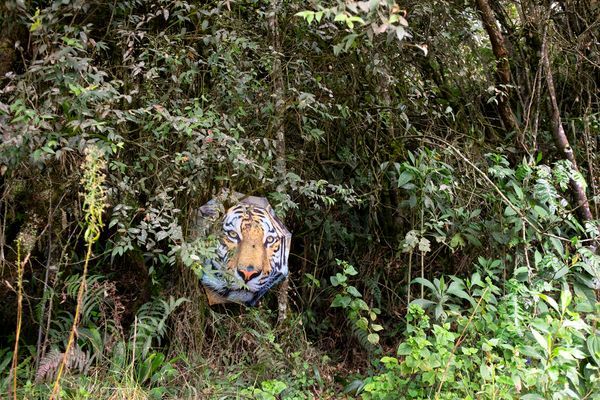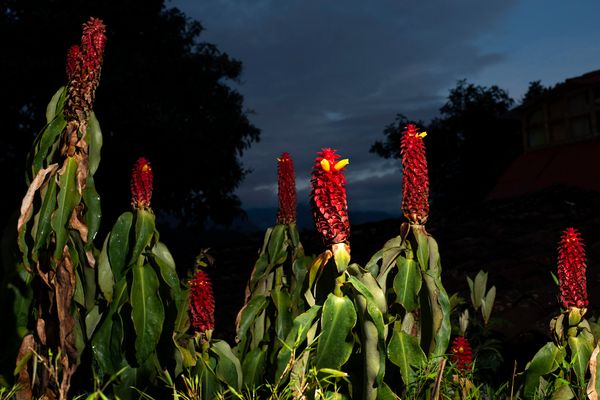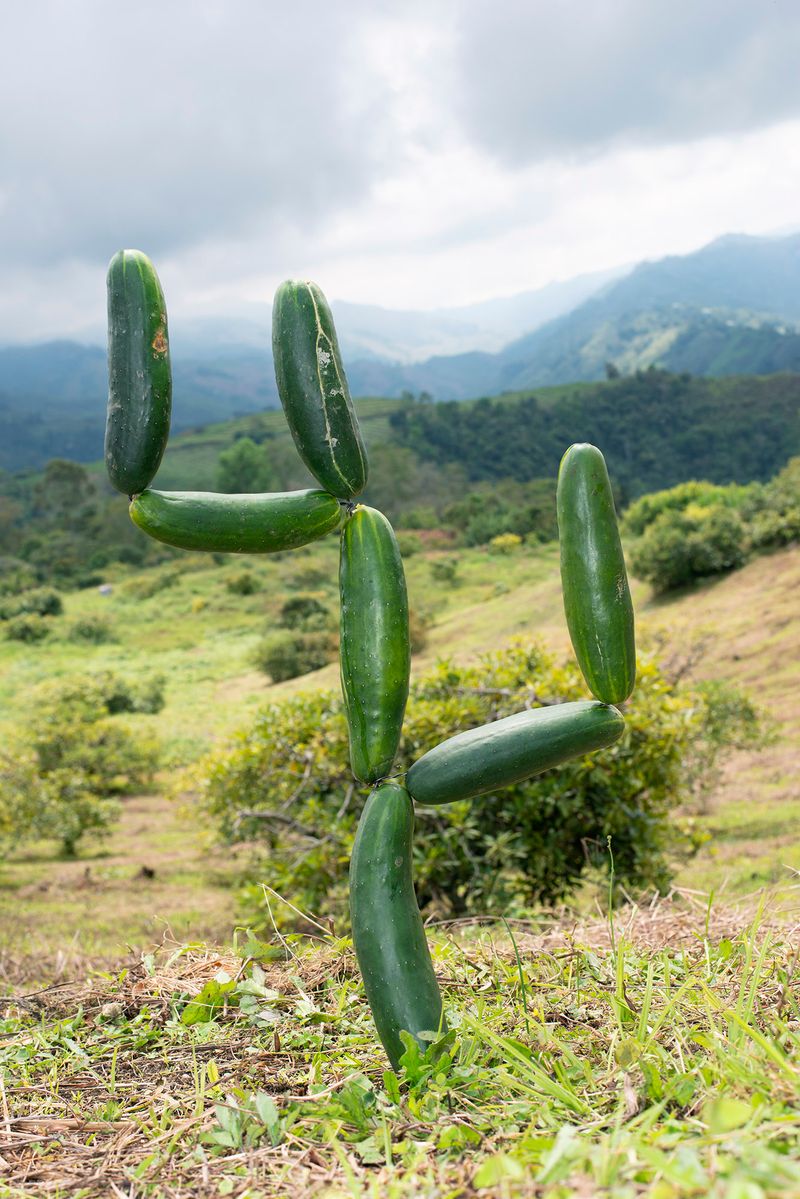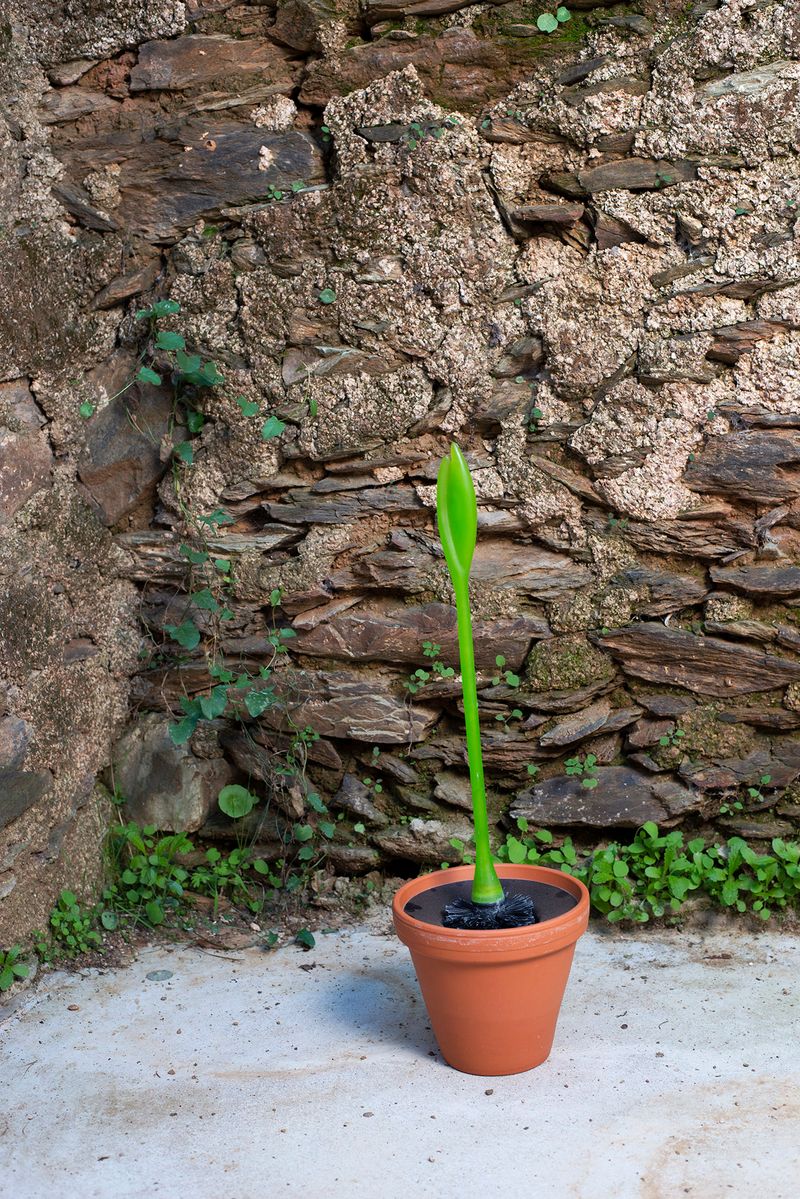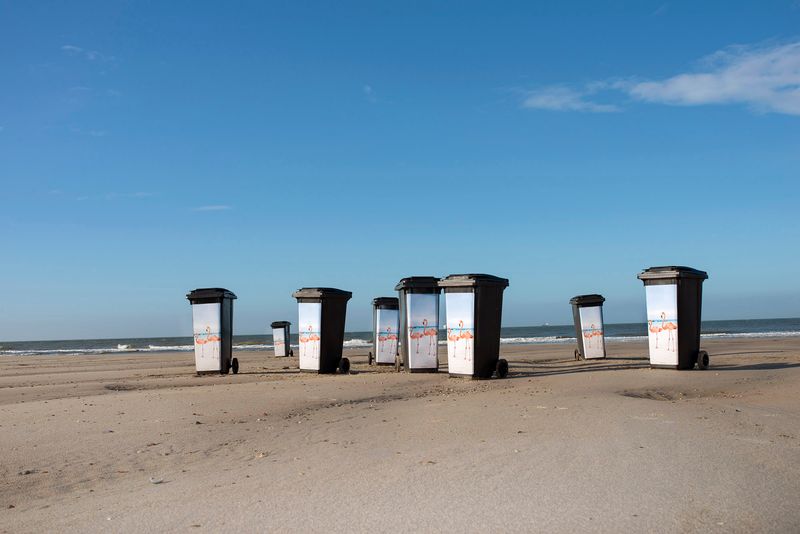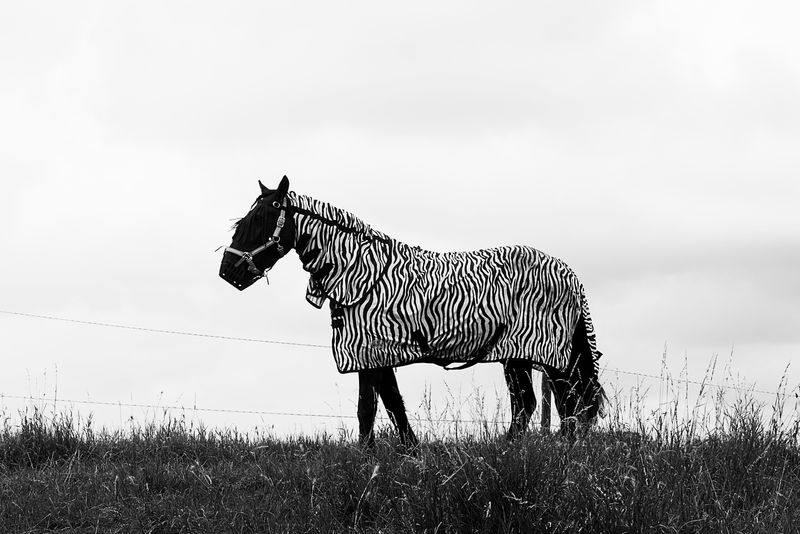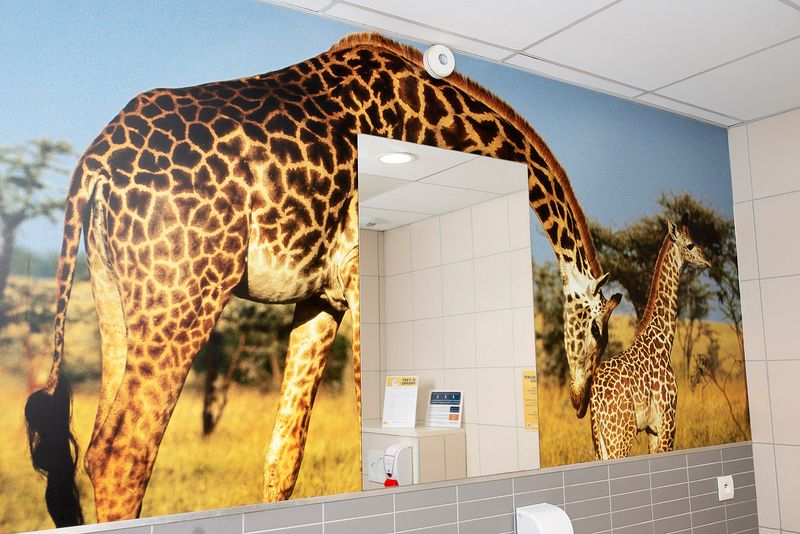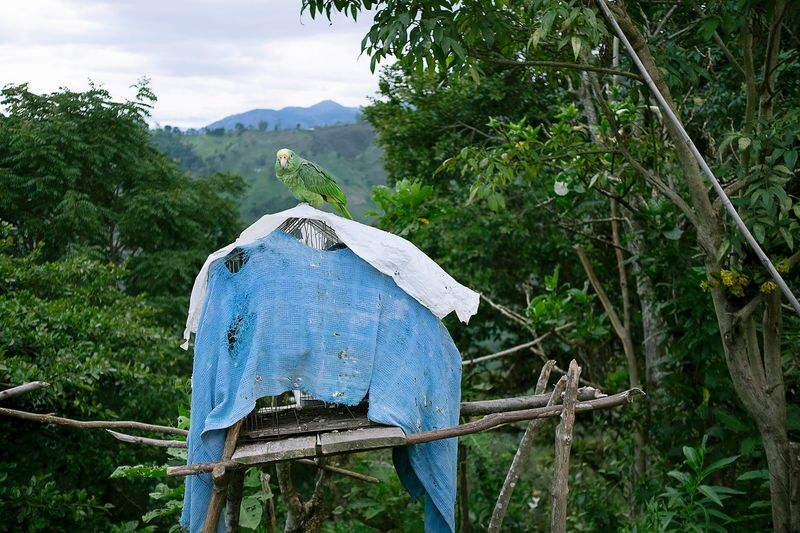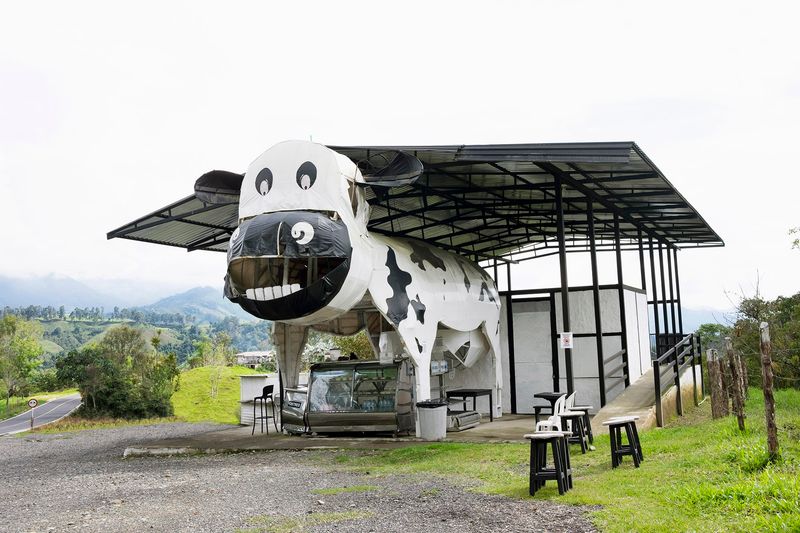biophilia
-
Dates2017 - 2022
-
Author
- Topics Daily Life
Biophilia is about our distorted relationship with nature, while connection with nature is a primal necessity of mankind.
“Why do plastic flamingos spark joy?”, asks Annegien van Doorn on the back cover of her new publication Biophilia. In her work, she investigates the innate, somewhat twisted relationship that human beings have developed with nature.
Humans have always tried to integrate natural elements in their immediate environments, but this collective impulse seems to have become particularly exaggerated over recent years. This is evident from the increasing amount of fake nature in modern homes, offices and shopping centers; or the abundance of prints featuring plants and animals on the walls of restaurants, metro stations, and in the dentist’s waiting room. Why do we like to be surrounded with objects that are colourful or green and give us an apparent nature experience?
Biophilia, which in Greek literally means love for life, refers to the primal necessity of humans to feel connected to nature. Scientific studies show that nature or natural elements in our environment contribute to our mental and physical well-being. In fact, one tree, one plant or even a picture of a tree is enough to help us become more productive, more creative and it can even lower our blood pressure.
Yet, aren’t we drifting from nature if we can meet our primal need with a photo print of a waterfall or a cactus-shaped lamp? What does our current connection to nature reveal about us ‘modern’ humans?

